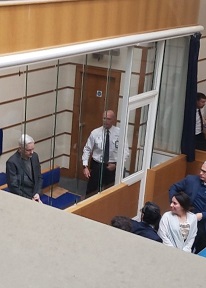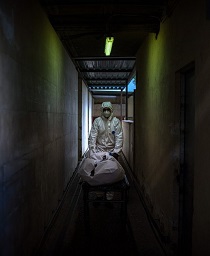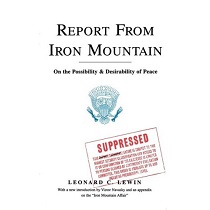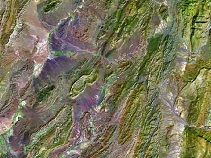Palestinian Authority to exhume Yasser Arafat’s body to test polonium murder claim

Photo: A Palestinian holds up a poster depicting late Palestinian leader Yasser Arafat during a ceremony marking the seventh anniversary of his death, in the West Bank city of Hebron, November 13, 2011. Arafat was followed by Mahmoud Abbas (Abu Mazen). Abbas' mandate expired in July 2009. He has ruled the West Bank illegitimately ever since, on behalf of Israel. The demo in this photo may be seen as a repudiation of Mahmoud Abbas.
The Palestinian Authority has announced that it will exhume the body of Yasser Arafat, the president of the PA who died in a French hospital in November 2004. It will investigate the cause of his death, amid claims that he was assassinated with the radioactive isotope, polonium.
Arafat fell ill in October 2004, but was denied medical diagnosis and treatment by Israel. The frail and elderly 75-year-old, lapsing in and out of consciousness, was flown out of the Mukata, his headquarters in the West Bank city of Ramallah. He had been under an Israeli army siege for more than two years.
Arafat was transferred to a French military hospital to receive diagnostic treatment. He died three weeks later from what the French doctors described as a massive brain haemorrhage. He had suffered intestinal inflammation, jaundice and a blood condition known as disseminated intravascular coagulation (DIC), but its cause remained a mystery. French officials refused to say anything more than that he had a “mystery blood disorder”, citing privacy laws, fuelling speculation that he had been murdered.
When Arafat was in hospital, his wife Suha is reported to have told visiting Palestinian officials, “They are trying to bury Abu Ammar [Arafat] alive.” But after his death, she refused to consent to an autopsy. The 558-page medical report on his condition was given to a male relative.
Arafat’s remains lie in a mausoleum in the Mukata, which is guarded by troops.

























